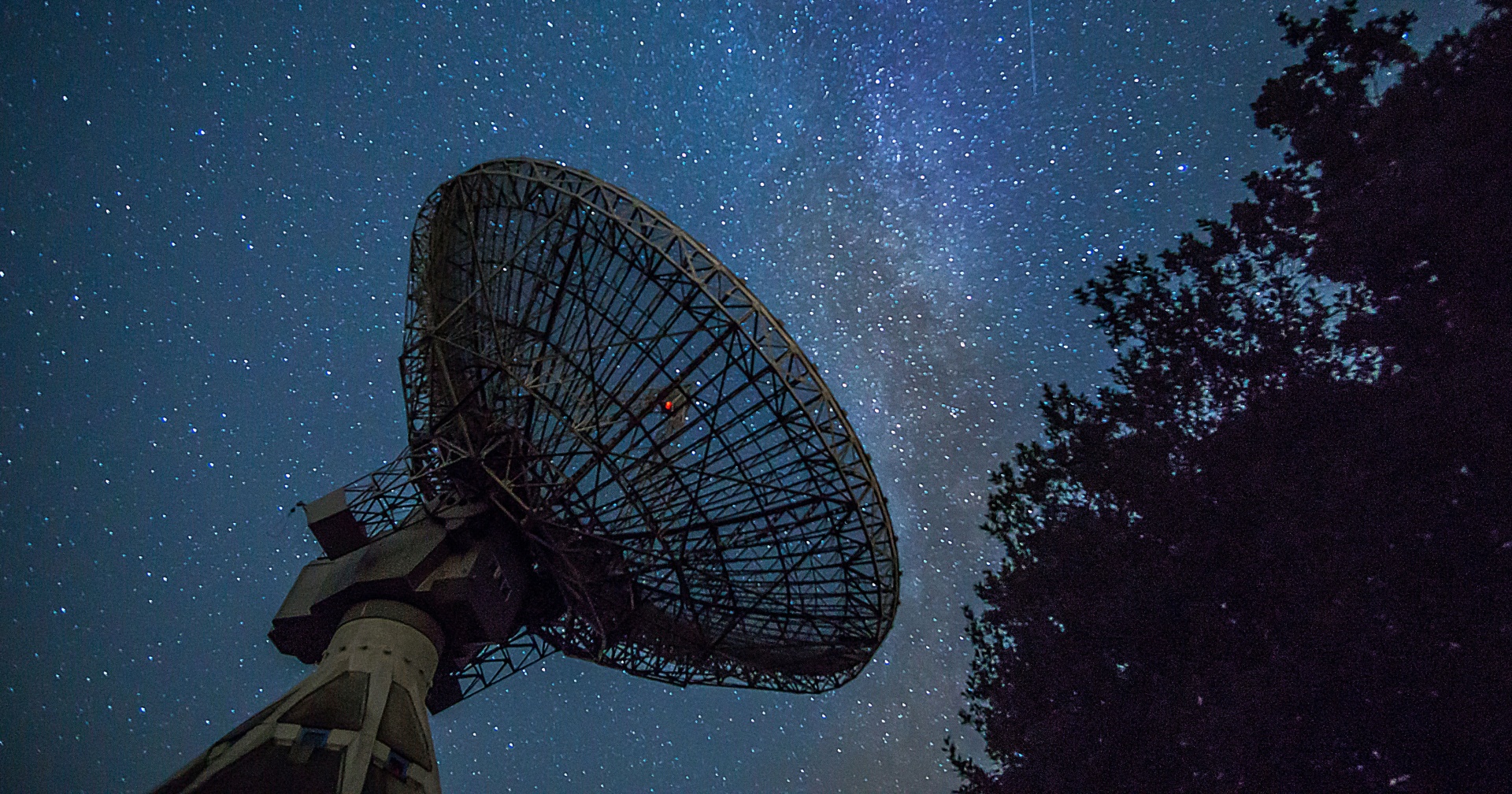An international team of scientists, including researchers from Portugal, has discovered the most massive stellar black hole in the Milky Way, with a mass 33 times that of the Sun, the European Southern Observatory (OES) announced on Tuesday.
A black hole – a dense object from whose gravity nothing escapes, not even light – was discovered in data from the European Space Agency's (ESA) Gaia mission through a strange “wobble” motion it imposes on the star it orbits, scientists say. OES added in a statement that the mass of the black hole BH3 was calculated based on information recorded by the OES VLT telescope in Chile and other ground-based telescopes.
Andre Moitinho and Marcia Barros, researchers and professors at the Faculty of Science at the University of Lisbon, signed the work published in the specialized journal Astronomy and Astrophysics.
Stellar black holes form from the explosion of a large star, and those in the Milky Way are less dense on average than BH3, with a mass of about 10 times that of the Sun.
BH3 is located 2,000 light-years from Earth, in the constellation Agia, and is the “second closest black hole” to the “blue planet,” notes OES, an astronomical organization of which Portugal is a part.
Data collected by the VLT telescope reveal that the star's companion orbiting the black hole is metal-poor, suggesting, according to the authors of the work, that “the star that collapsed to form BH3 would also be metal-poor, as predicted by theory.”
The European Space Agency's Gaia mission was launched in 2013 and has a probe in space mapping the Milky Way, the galaxy in which the solar system is located, and of which Earth is a part.

“Coffee trailblazer. Social media ninja. Unapologetic web guru. Friendly music fan. Alcohol fanatic.”

